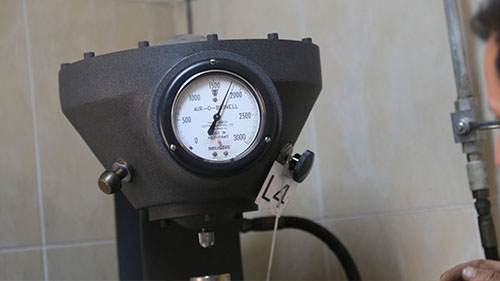In 2011, a study developed by the Central Research Institute of Electric Power Industry in Japan stated, “Energy efficiency will not be significantly improved simply because energy-saving equipment is installed and renewed. In-plant energy systems are complex, and the optimum operation of these systems will lead to further improvements in energy efficiency”.
Through the interaction between the IEE project with the industry managers and engineers, it has been observed that there is a wide notion to focus exclusively on the technology used when working on improving energy efficiency.
Although it is definitely important to take into consideration the technologies used, however experience has proven that extending the system boundaries and seeing the technology within the context of its overall system results in better energy performance and could sometimes save companies unnecessary investments.
It is estimated that by only focusing on individual components energy efficiency gains are typically within the range of 2-5% of initial energy consumption while when adopting a system approach these gains could reach 15-30%.
For example, globally, in industry 68 % of all electricity is used in motorized systems such as pumps, fans, compressors, and mechanical movement; of this, 42 % is used by pumps, fans, and compressors.
If we look at pumping systems, which use 14% of global industrial electricity use, the first energy efficiency measure that would come to mind is the use of variable speed drives (VSDs).
This focus on VSDs neglects the rest of the system component and hence companies might miss significant opportunities to improve their energy performance. With a pumping system, we must understand all the different components that are connected to and interact with a pump. This includes components like controls and drivers for the pump as well as all the piping and other components like valves and heat exchangers that the fluid passes through. In addition, analyzing and reviewing the process demand and pump installation are crucial in achieving the best energy performance possible. For example, one company realized a 10 fold increase in reliability by instituting new installation specifications relating to Base-plate, piping, and grouting.
Finally, to ensure that the desired energy efficiency levels are achieved, any system should be monitored closely in a systematic way to ensure continual improvements.
This is the rationale behind UNIDO’s approach of combining energy management (EnMS) and system optimization to achieve the highest energy efficiency levels. This has proven to result in not only energy being saved, but at the same time, the reliability and control of the system are enhanced, while maintenance costs decline.
With all of these benefits, one would expect system optimization and EnMS to be standard operating procedure for most industrial facilities. However, most industrial managers are unaware of both the existing inefficiency of these systems or the benefits that could be derived from optimizing them for efficient operation.
